Photographing Black People Is an Art Form—Here Are 5 Photographers Mastering It
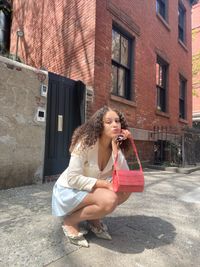
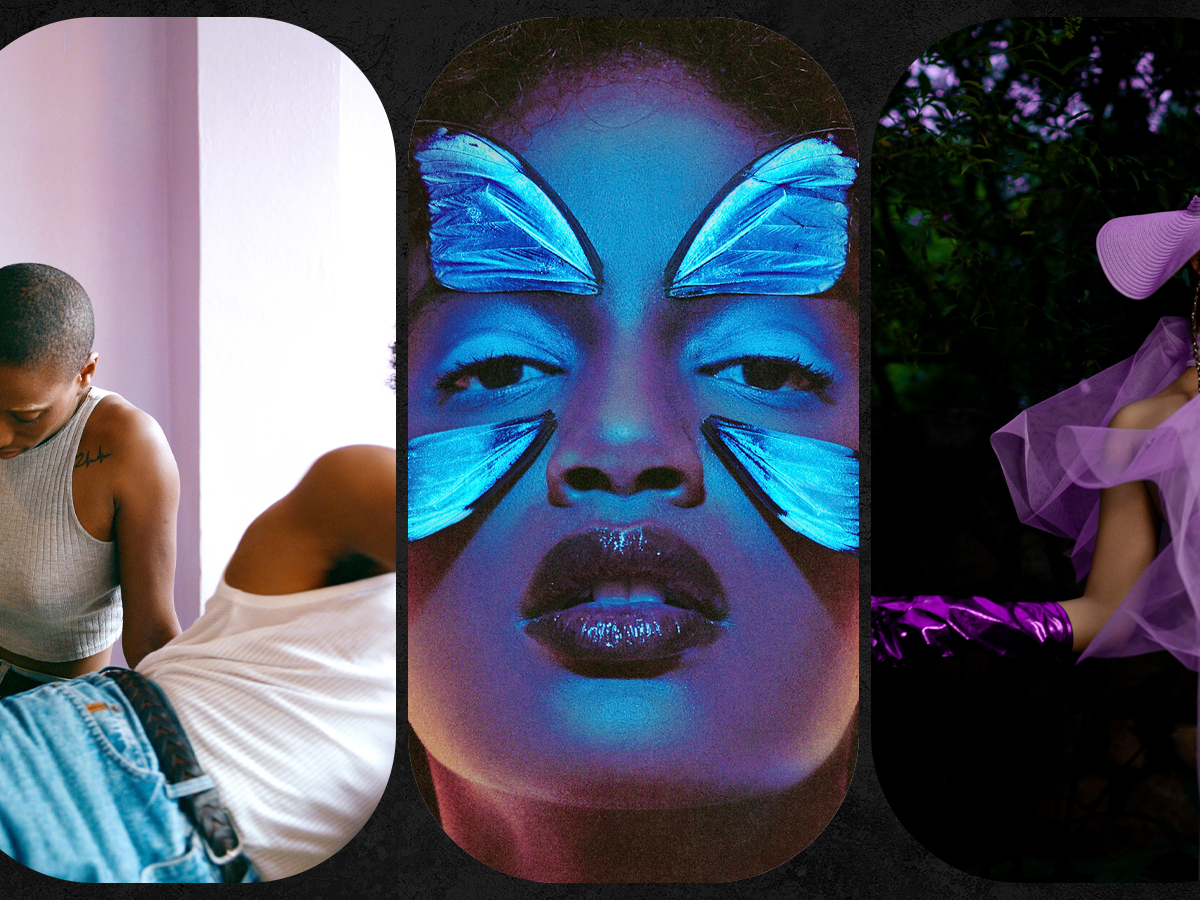
For every artist, there is a creative medium that they secretly love. For me, that’s photography. It’s wild to think of how powerful this art form is and how a single image can shift cultural awareness. Magazine covers (whether found on glossy pages or in the digital realm) have the power to define what is beautiful, what is worth documenting, and, more importantly, who gets to capture it behind the lens.
It’s no secret that the fashion industry has failed to ensure that the subjects in front of and the people behind the camera reflected the full scope of humanity. That being said, efforts to change the fashion industry have been increasingly successful over the past few years. We’ve seen a conscious shift to support Black designers and hire Black stylists. Publications that have rarely hired Black photographers over the decades of their existence have done so recently. But even with these strides, there’s still more work to be done outside one month of the year. If the cultural conversations playing out across social media about cover shoots (both negative and positive) are any indication, it’s that we crave to see the world through a different lens and that images coming out of the fashion industry have not historically reflected the world at large.
Photographers who have been out here shooting are just beginning to get the recognition, opportunities, and pay that they deserve. The industry won’t change overnight, but we can continue to push for parity by getting to know a few of these groundbreaking photographers on a deeper level.
In that vein, we spoke with five photographers about what inspired them to get into the industry, what photography means to them on a personal level, and what a more inclusive fashion industry looks like in the near future. Keep reading to meet the talent that’s changing the world one shot at a time.
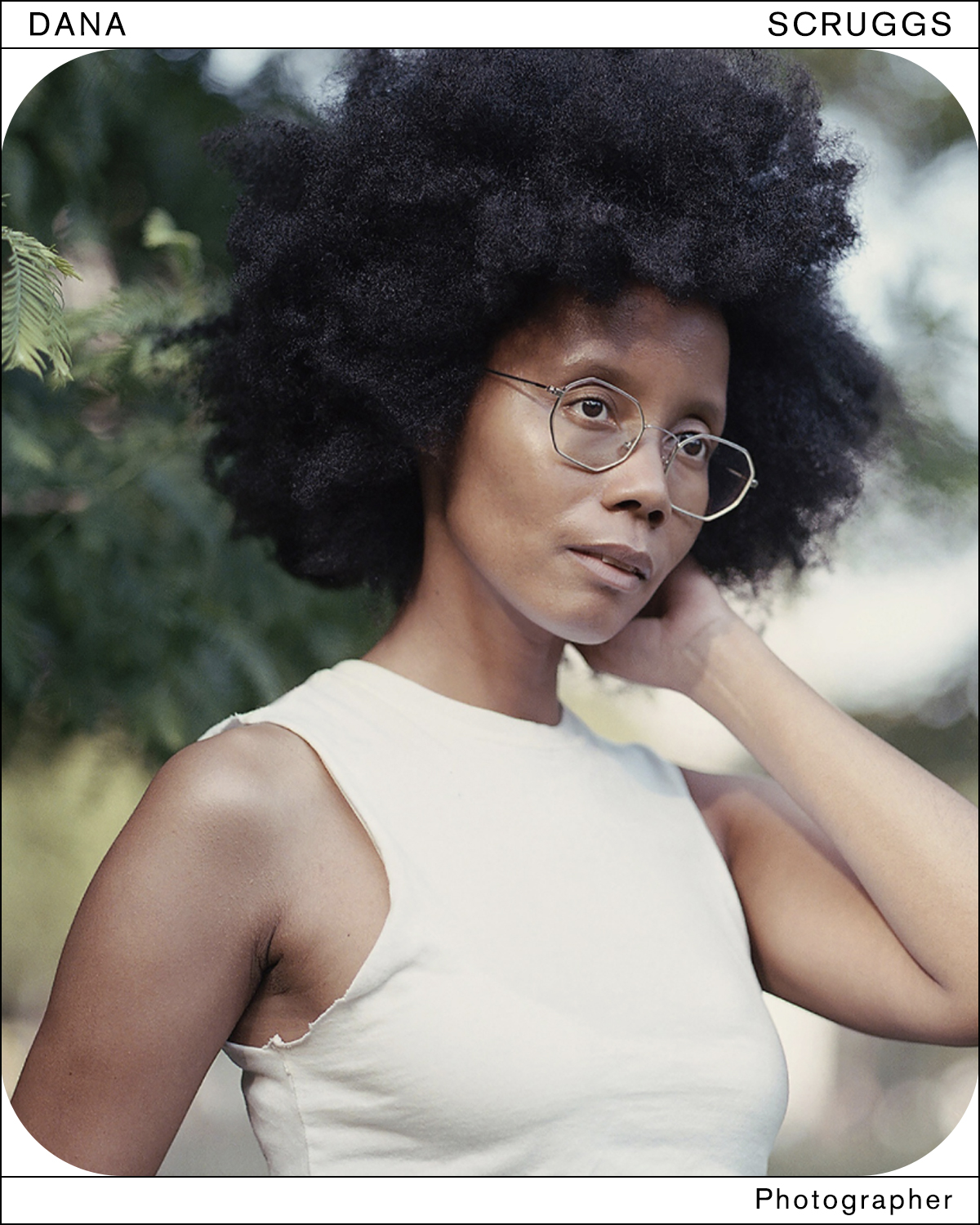
Dana Scruggs has been a photographer for over seven years and is a maverick in her own right. She was the first Black female photographer to shoot an athlete for ESPN Magazine’s Body Issue in its 10-year history and the first Black person to photograph Rolling Stone’s cover in its 50-year history. Her work has been featured in The New York Times, Vanity Fair, and Time Magazine.
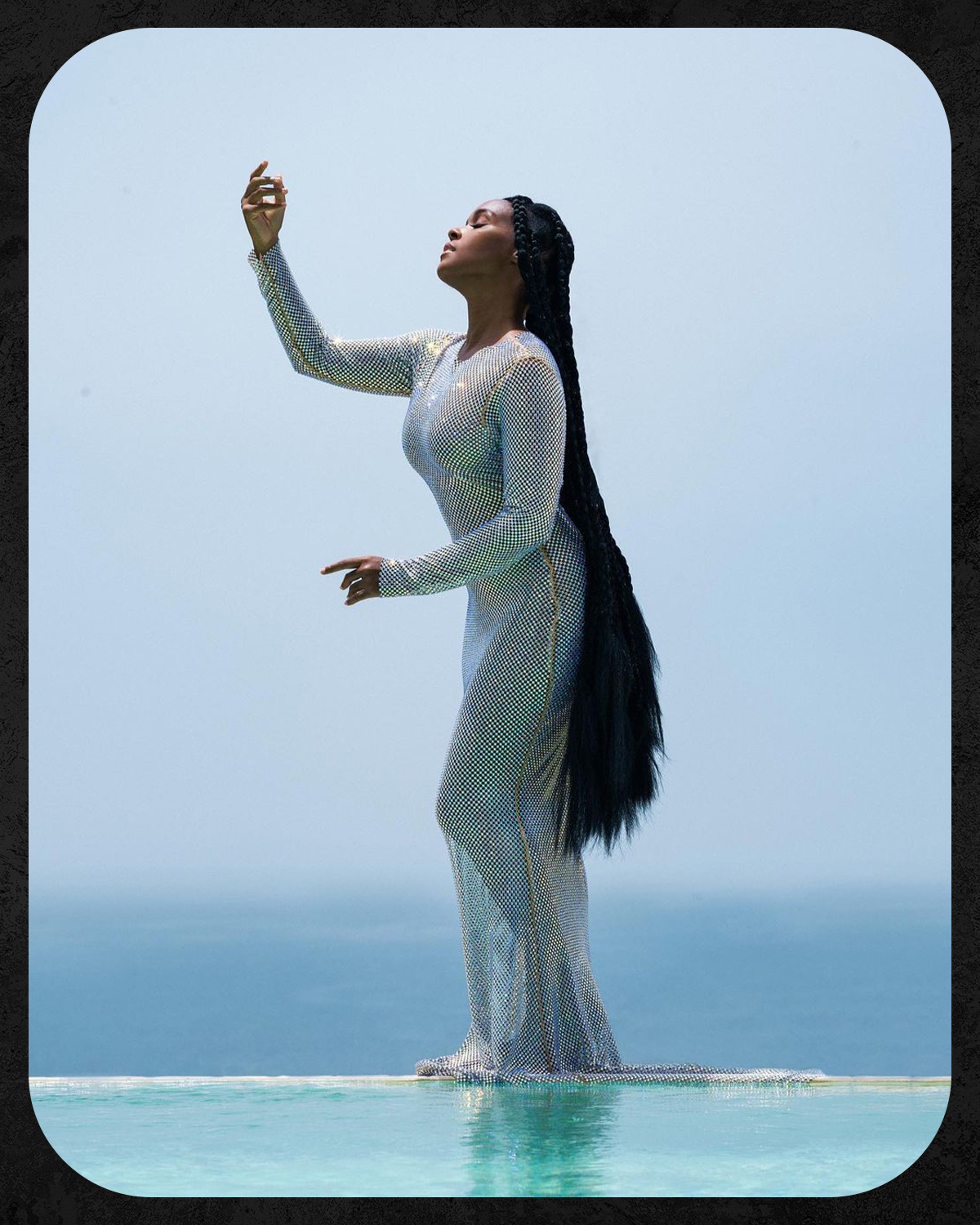
What first inspired you to pick up a camera?
DS: I discovered photography when I was going through a period of severe depression. I was unable to leave my house or to work. In order to pay my rent, I sold all the vintage clothing and furniture I had in my apartment at the time on Etsy. At first, I started shooting with this shitty point-and-shoot camera, but I knew it wouldn’t be good enough because everyone brings their A-game to their photography on Etsy. So I asked my mom to help me get my first camera. It wasn’t easy for me to convince her to help me because it wasn’t an insignificant amount of money to spend when I was at my lowest point. But she let me buy it on her BestBuy card, and I eventually paid her back just like I promised I would. I credit her for helping me take that first serious leap into photography.
How did you get to where you are now?
DS: It was a long road. Even after I decided I was going to pursue photography as a career and move to New York, I still had no clue how the business side of photography functioned. I would ask other photographers how they got clients or got the chance to shoot celebrities, and I would get very vague responses. I felt very frustrated because I couldn’t figure out how it worked. Finally, a friend of mine, Giancarlo Valentine, gave me advice that changed my life: He shared a small list of photo editors that I should contact and suggested that I email them links to my work. That bit of advice changed my life and my career. Once I knew how to find contact information, there were fewer barriers to connect to people with the ability to hire me.
Of course, that didn’t immediately open doors. It wasn’t until Karen Frank, ESPN’s photo director, emailed me about shooting The Body Issue that things changed for me. It was wild that she reached out because that's the type of opportunity that’s like a bucket list thing—you never think it will happen because such a small percentage of photographers get that opportunity.
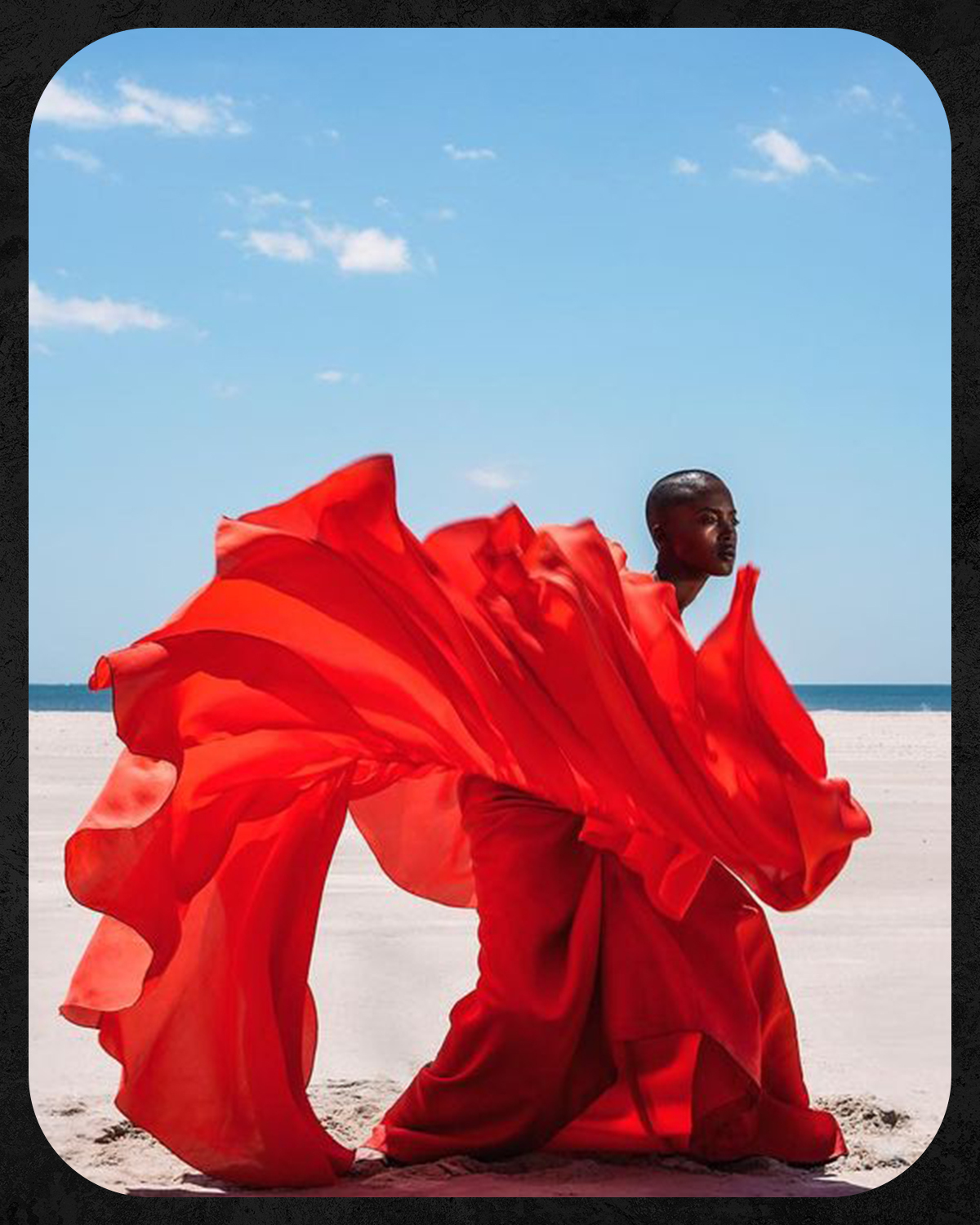
From your experience, it sounds like you dealt with a lot of gatekeeping. Do you feel like there are ways the industry can make it easier for photographers to have career-changing opportunities?
DS: I think it’s starting to change with more Black photographers that are getting opportunities, but of course, there’s always room for growth. That wasn’t happening when I finally leaped into this level of my career two years ago, and that’s why I share this information constantly. It’s not information that should be kept a secret. Once people have the talent and connections, if that job is meant for you, you’re going to get it. And frankly, we’re making some of the most dynamic work that you’ve seen come out of the editorial, commercial, and fashion photography space. We’ve been filling in the gaps of creativity that have been missing within those spaces. Publications that have given Black photographers a chance to see how their perspective and talent have been vital to creating some of the most extraordinary covers in their history. This is just the tip of the iceberg.

Historically, Black communities have been unable to control the images, stories, and media surrounding our community. What does it mean to you to create without confines and ownership over the story told?
There are always confines; there are just different levels of it. Depending upon who you’re shooting for, what you’re shooting, who you’re shooting. But the point always is to try to push beyond those limitations. Of course, you want to make great images, but you don’t want to rest on what’s expected of you. You always want to wow people, but most importantly, you want to "wow” yourself. That’s why I make an effort to be intentional about the jobs I’m taking. I’m being very intentional about how I’m photographing each project so that I don’t feel like I’m creating without a purpose and so that my work has meaning to me regardless of who or what I’m shooting.
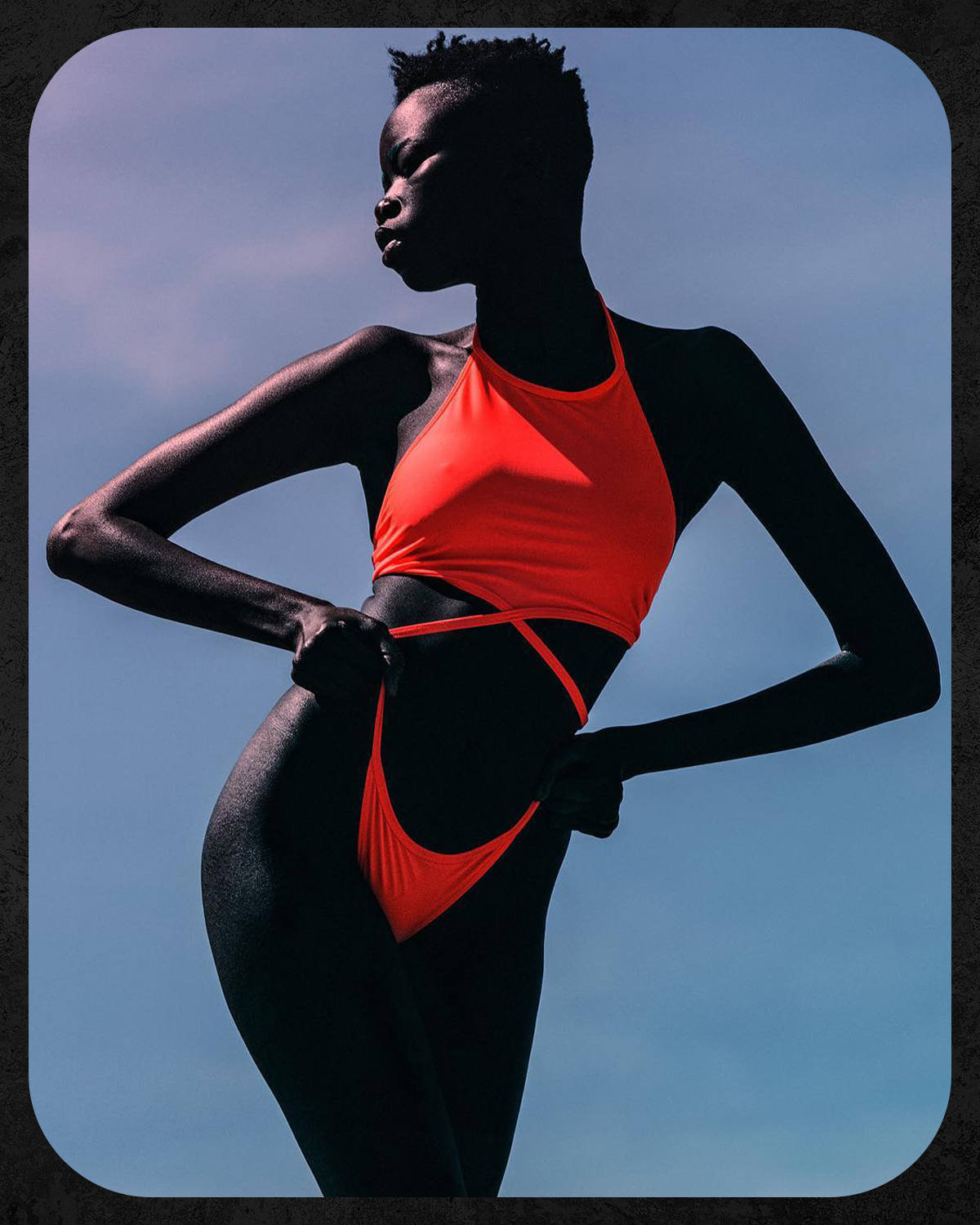
What roles have art and photography played in your life thus far?
DS: Honestly, photography has given me my life back. When I was depressed, I thought I had nothing left to offer the world. I thought my life was over, that I just had failed at too many things and had no future. I had gotten to the point where I couldn’t see any good in my future. I couldn’t see what possibilities there were or could be. Finding photography gave me purpose. It gave me a reason to get out of bed. It gave me a reason to believe in myself and to push past the deep depression I was in. I still suffer from depression here and there, but it’s no longer debilitating like it was before. Photography gave me the success and stability that I was seeking.
Why do you think photography is an integral part of everyone’s lives as a whole?
DS: It’s crucial because it’s a documentation of human history. Without it, we wouldn’t have such a visceral visual narrative showing who we are now, how we act, and how we’ve shifted culturally, politically, and creatively. When you look at older photos from any era since we’ve had photography, you can see how people lived—you get to see how different we’ve all become and how the same we are. It’s fascinating. Sometimes I’ll look at photos from the Victorian era or old family photos from the 1920s or ’60s or ’80s. They were all me at that point. They were young people living and surviving. Many of them are dead and gone, but those photographs are a symbol of their existence. That’s why photography is essential. You have something that is a physical manifestation of the fact that you were here, regardless of if anyone remembers you or not.
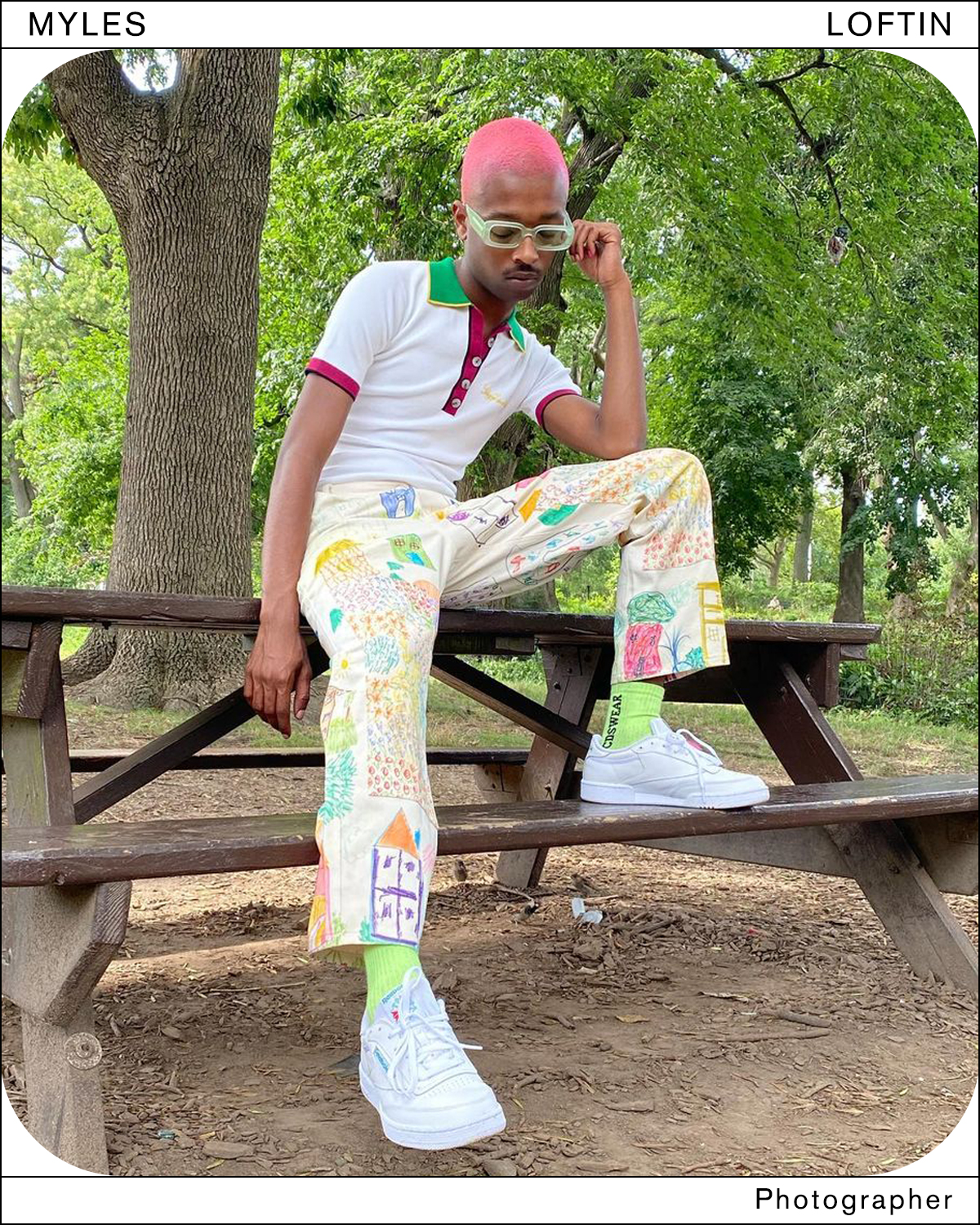
Myles Loftin has been a photographer for over eight years. His work has been featured in campaigns with Nike, Calvin Klein, and Converse, along with publications like Paper, The Cut, Garage, I-D, and The Fader. Whether it be his commercial work or personal series such as "In the Life” which gives an intimate view of Black queer life, Loftin’s unique perspective is redefining photography within the industry.
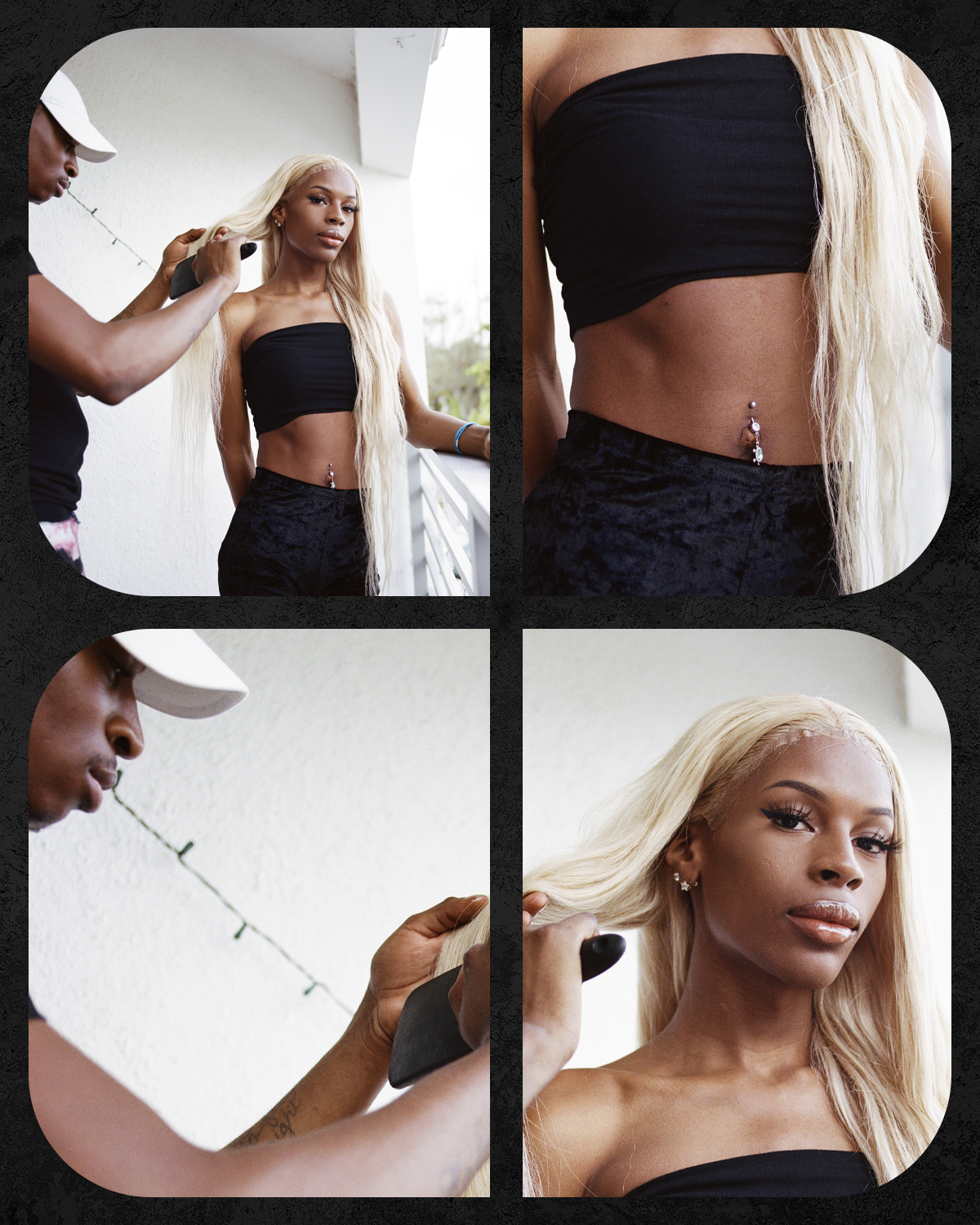
What power does photography have not only within the fashion industry but beyond? Why is photography important?
ML: A lot of people underestimate the power and impact of still and moving images. They shape so much of how we see ourselves and the world at large. Photography informs our ideas about who is deemed important, beautiful, worthy of space. The impact can be seen very clearly within the fashion industry, but it has implications beyond that.
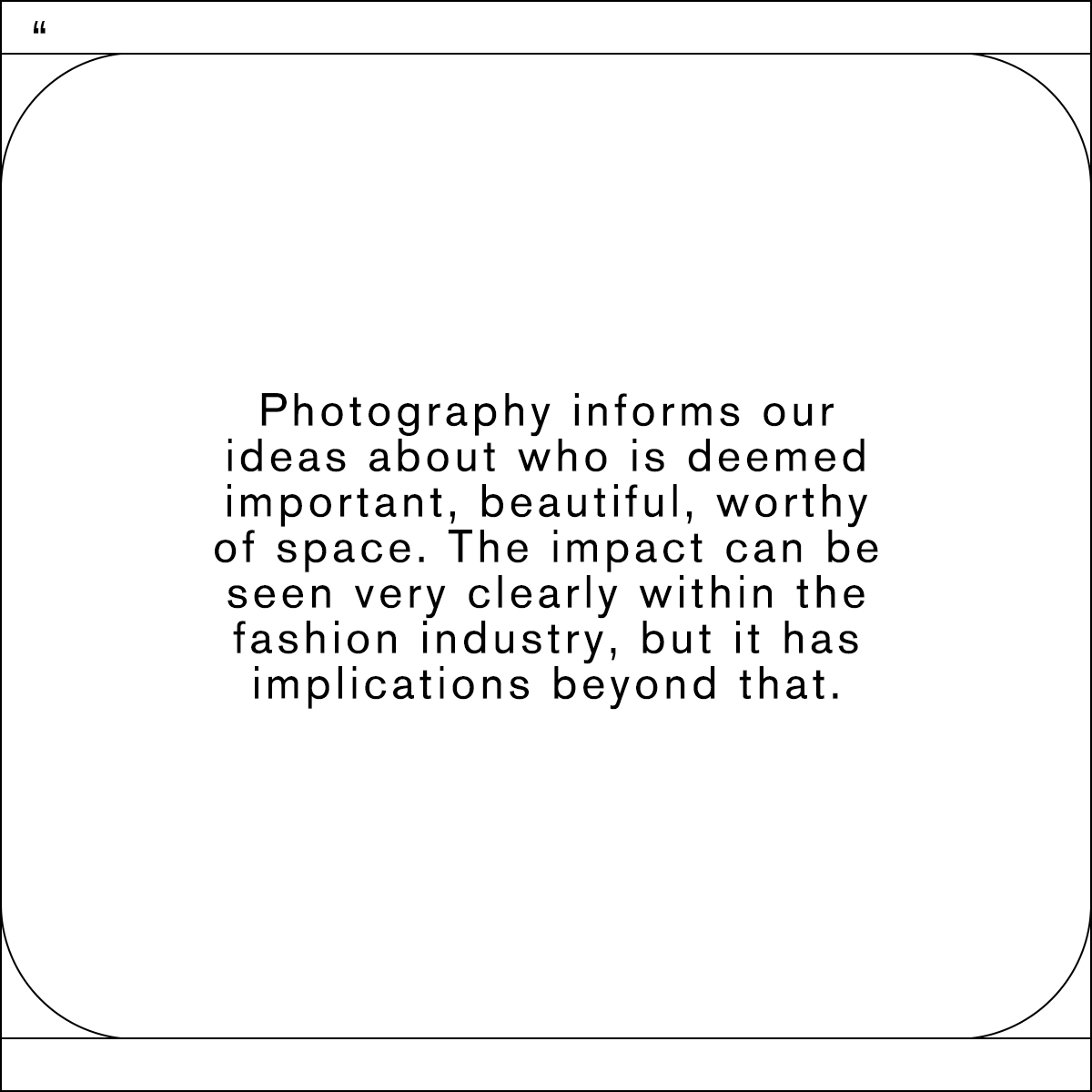
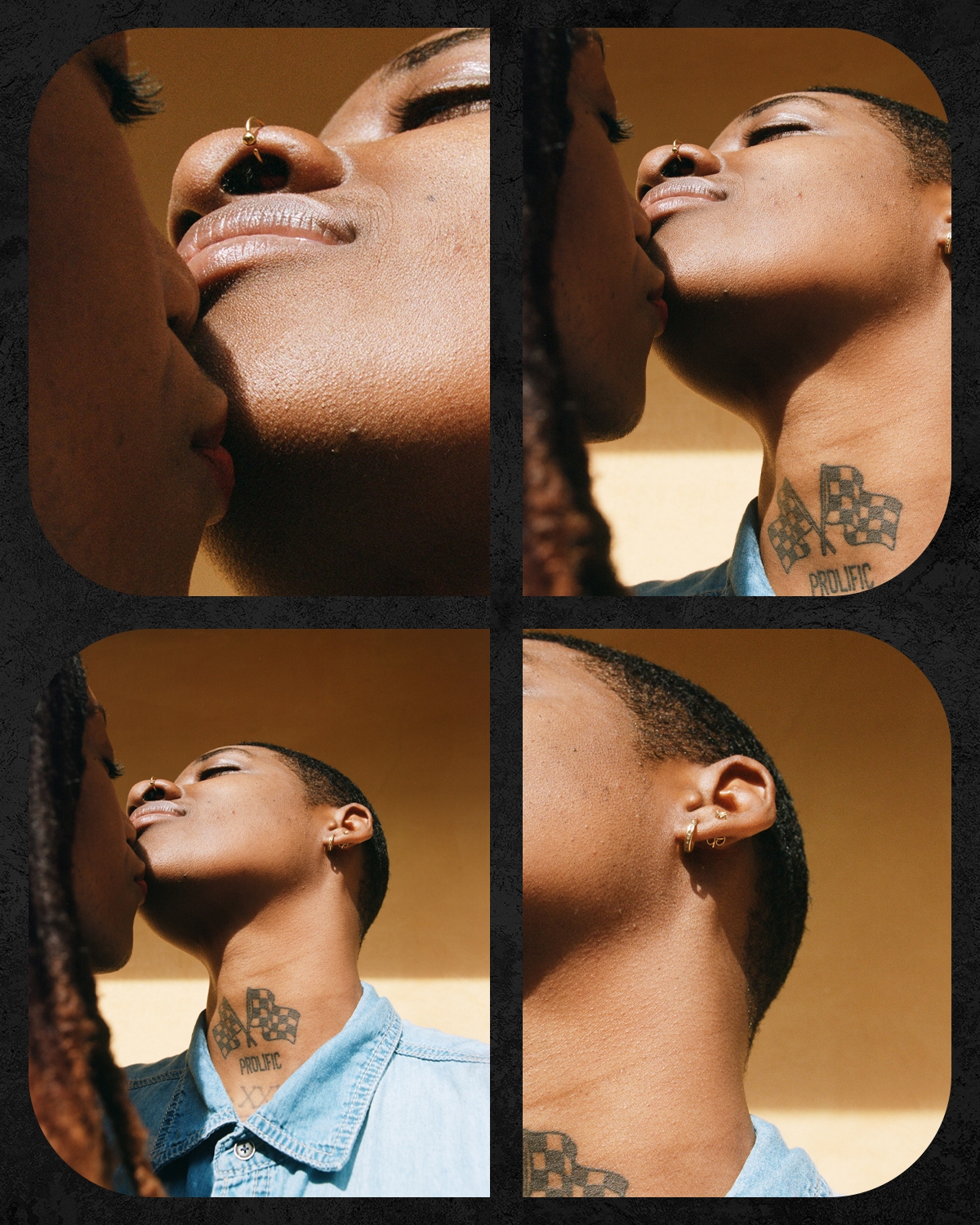
Historically, Black communities have been unable to control the images, stories, and media surrounding our community. What does it mean to you to create without confines and have ownership over the story told?
ML: It feels incredibly gratifying to be able to use the power of an image to accord value and meaning to the people that make up my community and others. I can right the wrongs of the past while simultaneously charting a new, brighter future. I don’t take that responsibility lightly.
Recently, fashion has had a reckoning with systemic racism. How do you think the industry as a whole can move past performative allyship?
ML: Actions speak louder than words or empty gestures. Seeing changemakers in the industry taking steps to be there for marginalized communities is one way to move past allyship that solely focuses on the aesthetics of diversity and not true inclusion or support.
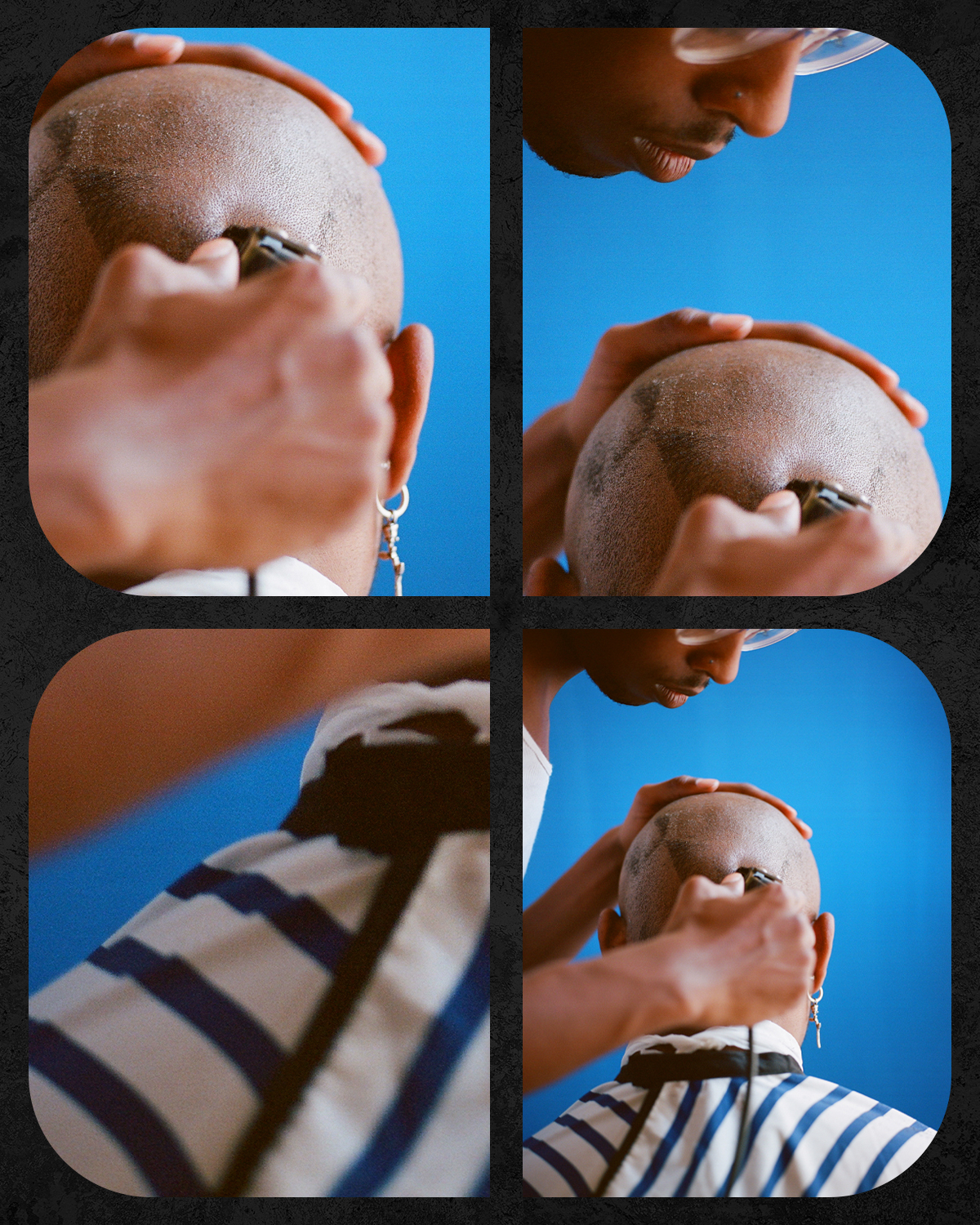
Fashion and beauty are their forms of storytelling. The industry has long been telling stories centered on whiteness and Eurocentric beauty features. What story do you hope your work tells?
ML: I hope that the work that I create tells the story of the overlooked and underrepresented. I hope my work makes people reconsider damaging ideas they’ve held about communities they may not be familiar with.
I love the Black community because we have been able to and continuously transform trauma into art. Style, beauty, and creation have been a tool for survival and reckoning forever. What role do you see art playing not only in the collective community but also within your own life?
ML: I think for many Black people (myself included), art is a form of therapy to create and consume. It allows us to synthesize our individual lived experiences into something that speaks to a larger audience. It helps us understand ourselves, our past, and where we are going as a people. I’m grateful for the role that art has played and continues to play in my life.
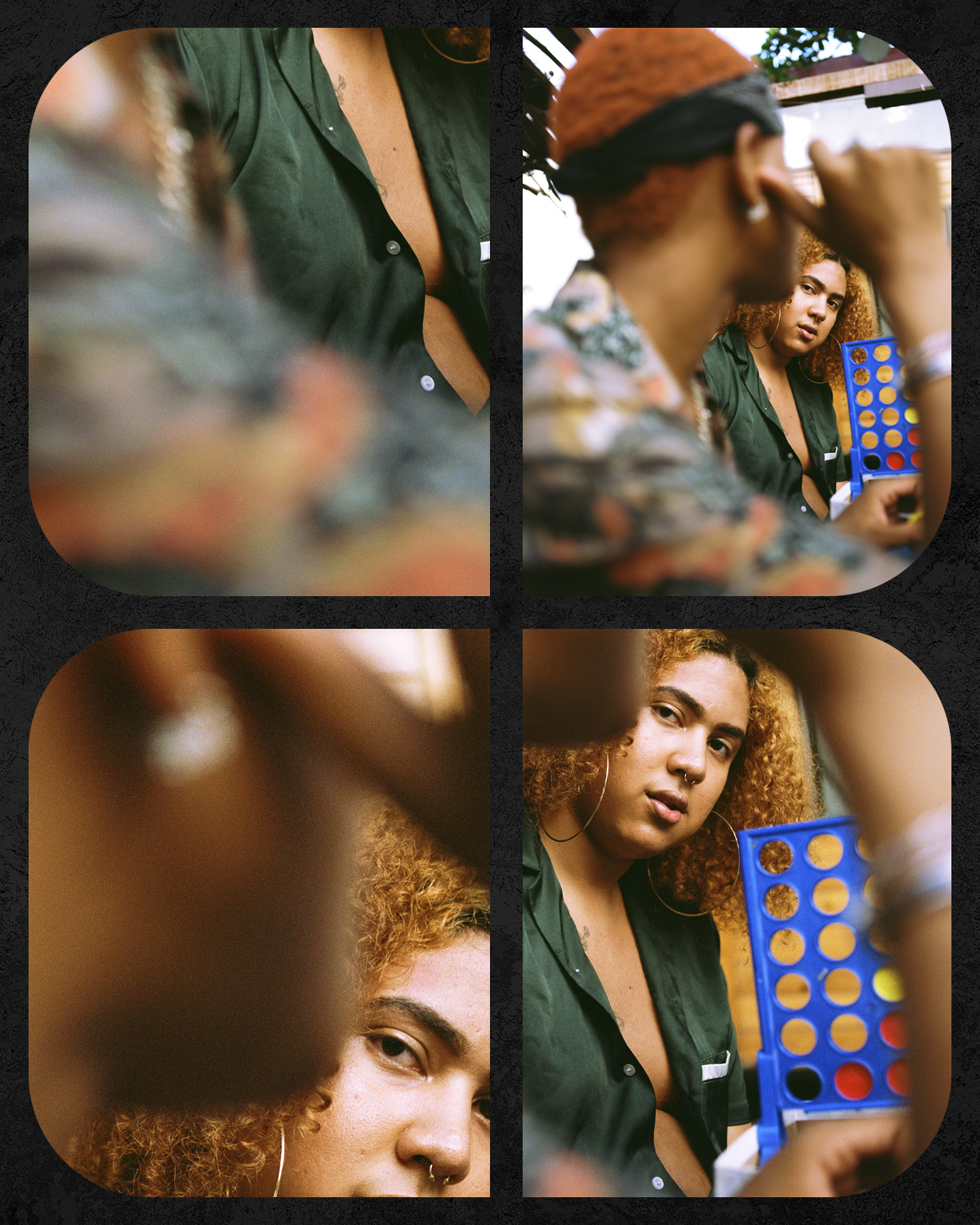
What advice would you give an aspiring Black creative looking to break into the fashion industry?
ML: Don’t ever let anyone tell you that your dreams are far-fetched or impossible. You have all the power to do what you want.
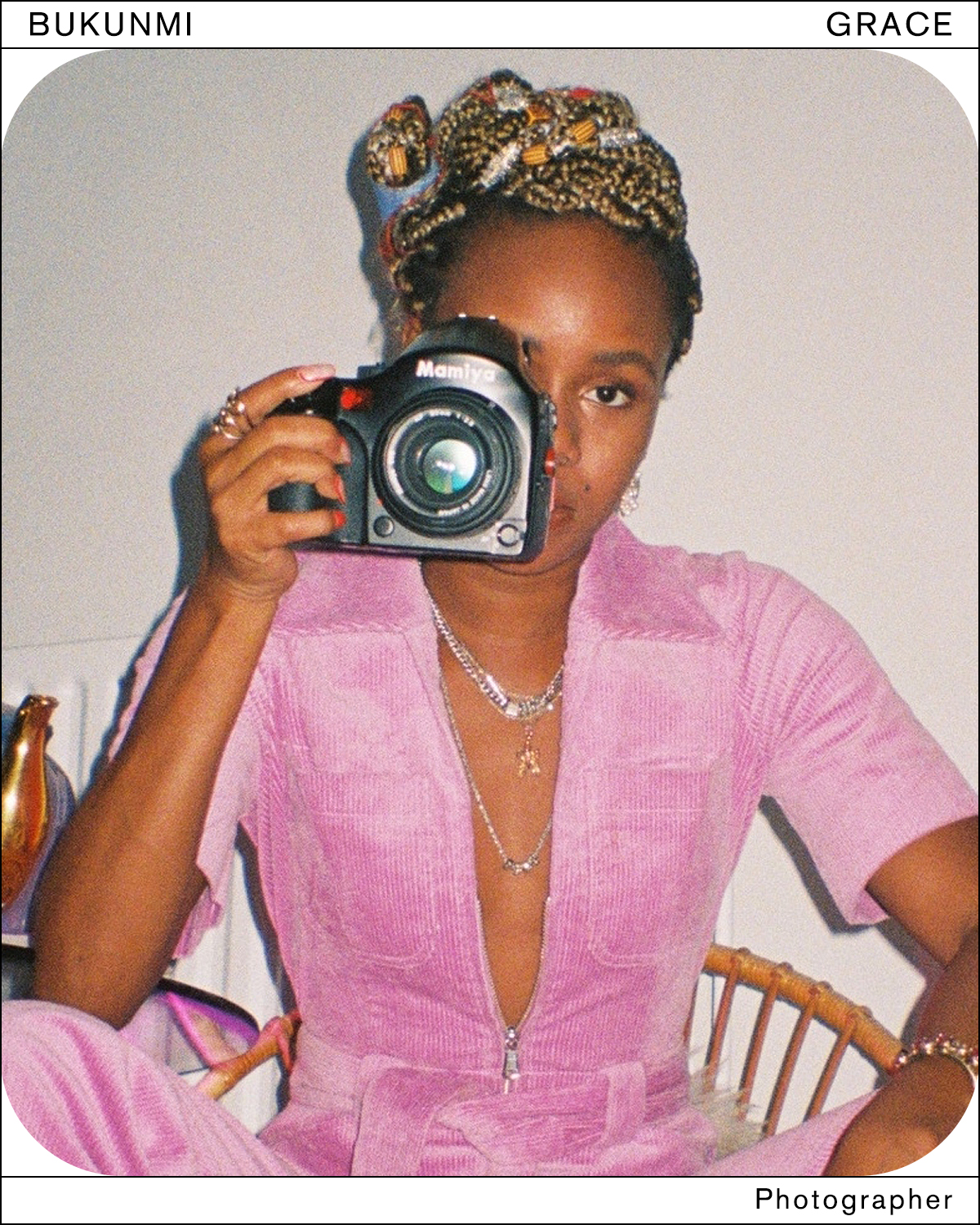
Bukunmi Grace has been a photographer for over six years. In her own words, "I was inspired by my vision of what I could share and create in the world within the means of photography and styling.” And do that, she has. Her work has been featured in Elle South Africa, PopSugar, and Teen Vogue.
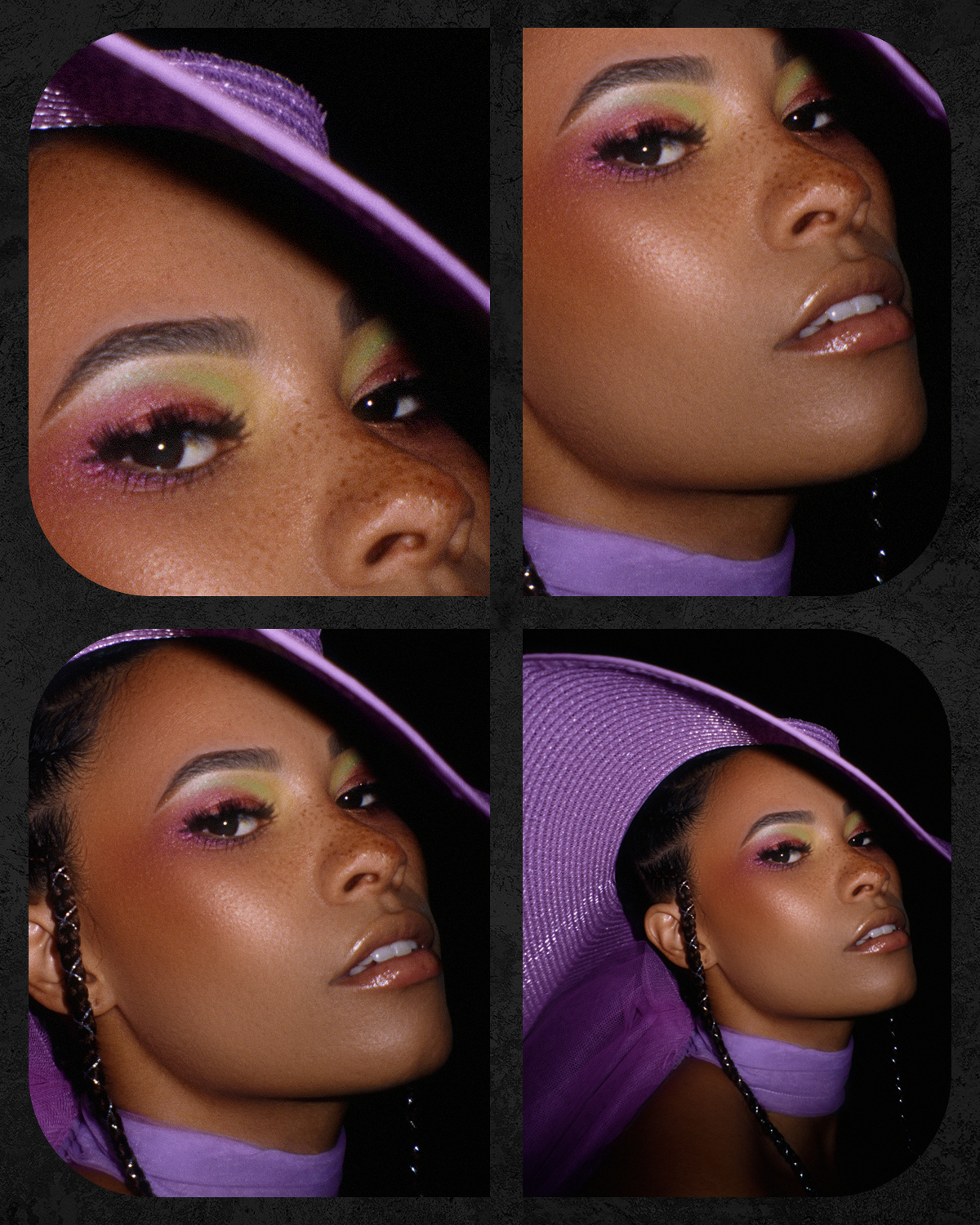
What power does photography have not only within the fashion industry but beyond? Why is photography important?
BG: Photography has the power to unite or to divide, to capture essence, light, and beauty, or grimness. With all its fluidity, it holds a profound status as a vital tool of influence and documentation. If we didn’t have photographs, we wouldn’t have tangible pieces of history. The artform cements moments in time and creates a capsule of preservation. It also allows us to go beyond what the natural eye can dictate and is therefore critical to humanity’s advancement. I think mostly in part because photographs provide a visual commentary on society, revealing our overall sentiments, aesthetics, and biases.
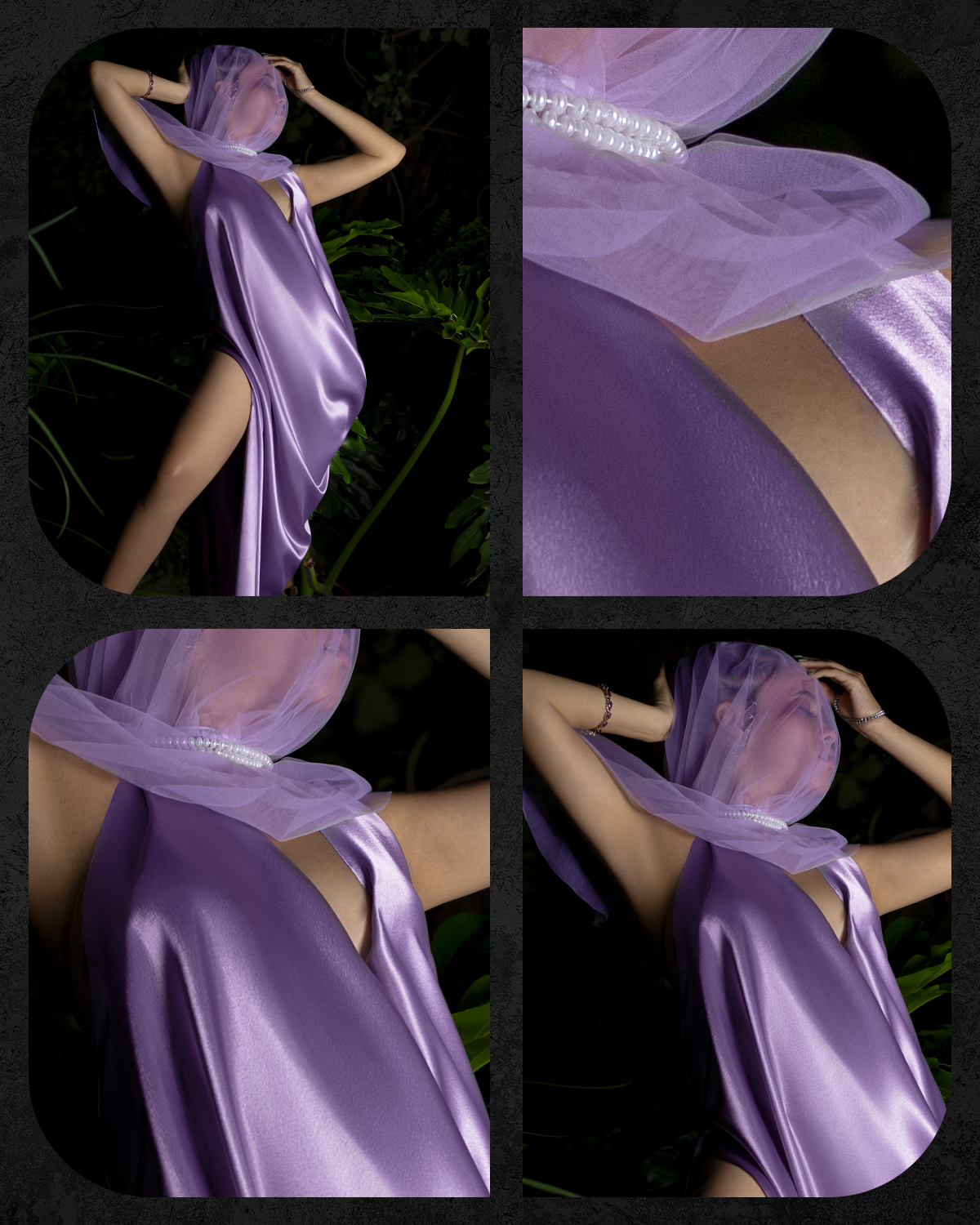
Historically, Black communities have been unable to control the images, stories, and media surrounding our community. What does it mean to you to create without confines and have ownership over the story told?
BG: Reclaiming our story is a significant part of the reason I became a photographer. I knew I had to succeed in the craft because I greatly desired for my community to be represented more realistically and pleasantly, without judgment or typecasting. For us to have absolute creative power over our narratives is the ultimate dream.
Recently, fashion has had a reckoning with systemic racism. How do you think the industry as a whole can move past performative allyship?
BG: There has to be a series of reawakenings and reeducation for the industry to move past performative allyship. I believe that every minority group needs to feel empowered to call out the injustices that are happening daily, such as the #StopAsianHate movement that is occurring right now. It’ll take steady, lengthy, but necessary work to dismantle outdated ideologies enacted by calamitous humans.
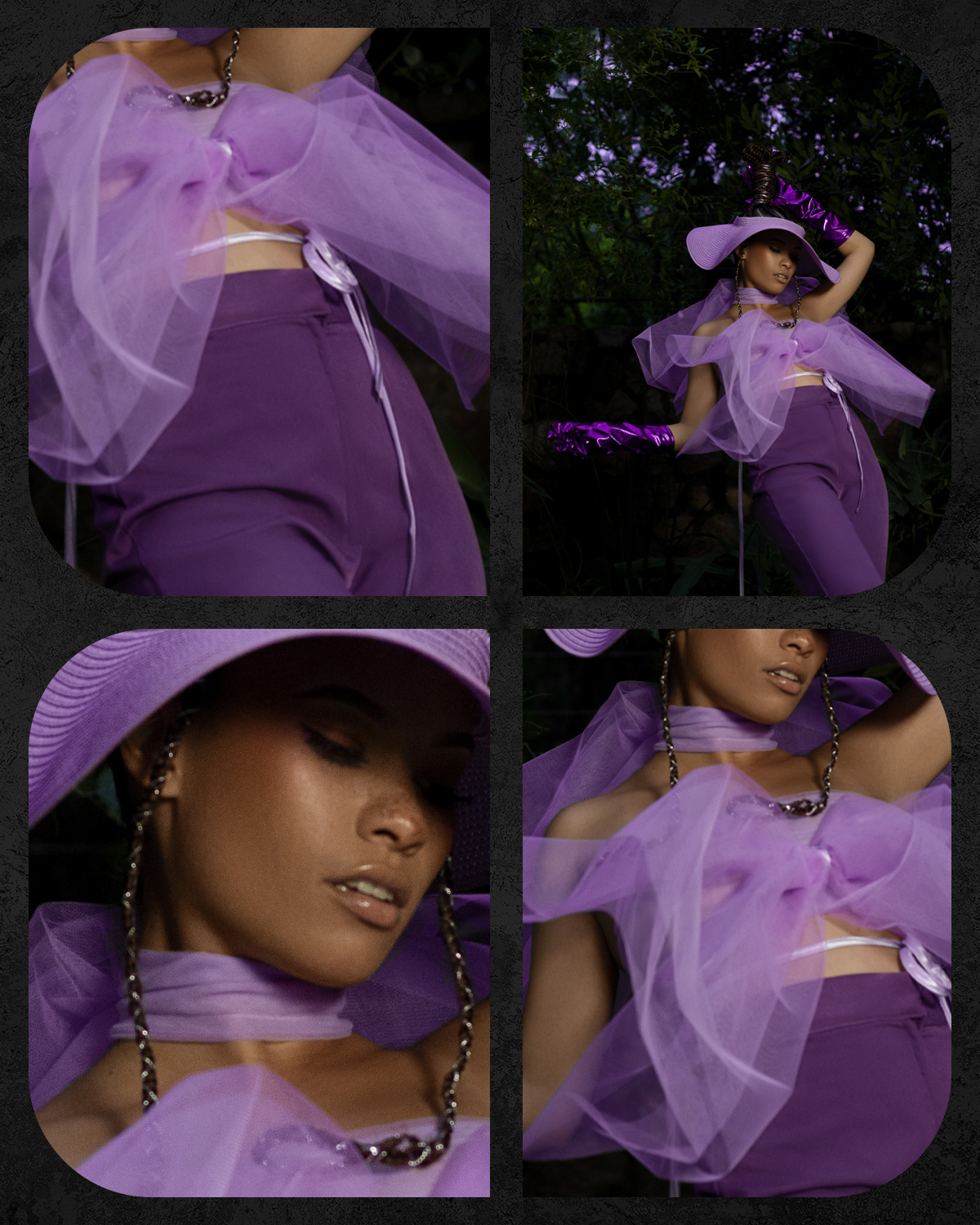
How do you think the call to action for diversity can be met in your part of the industry? How can photography be not only diverse but also avoid tokenism in the process? What would true inclusivity look like in your eyes?
BG: We need a continuous callout for more Black and Brown artists, female artists, trans artists, artists of all shapes and orientations, but also a callout backed by a desire to protect our vision and be mindful of our time and experiences. There needs to be more outreach in general, not just for lifestyle or fashion work but also in commercial and directorial work. Agencies need to be more open to accepting new pockets of talent beyond traditional origins. It’s highly critical in order to encourage broader perspectives and feed the desire for authentic portrayals. True inclusivity is achievable, but it demands all people to dismantle the scientific ideologies behind race and accept that all humans are crucial to the microcosm of creativity. There is no majority and therefore no room for cultural domination.
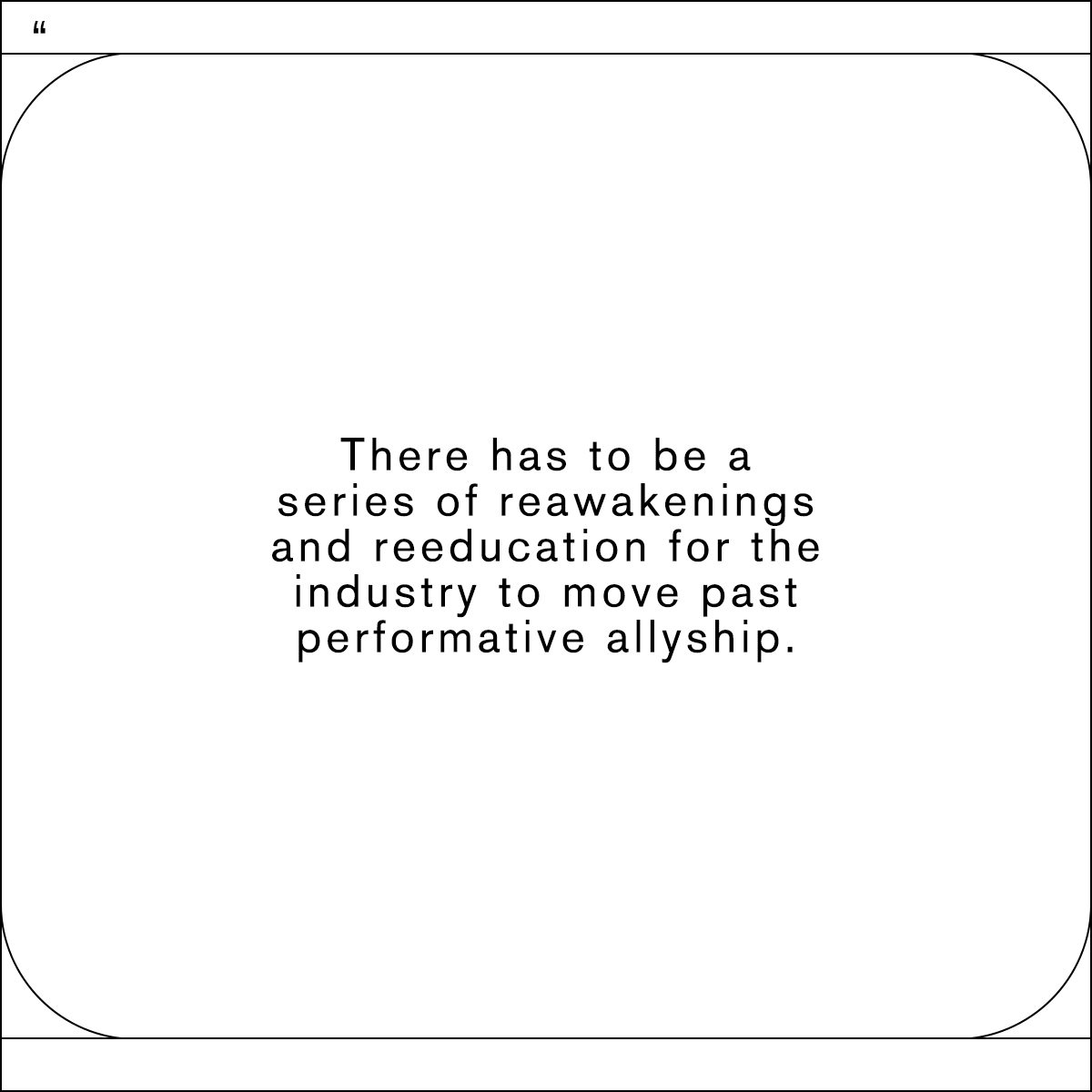
I love the Black community because we have been able to and continuously transform trauma into art. Style, beauty, and creation have been a tool for survival and reckoning forever. What role do you see art playing not only in the collective community but also within your own life?
BG: Art is the best tool for the preservation of culture. The opportunity to create is the opportunity to exist as unbound and profound creative energy momentarily. For the Black community, art has always been the great equalizer as there is no glass ceiling to create and ideate, as we’ve proven time and time again.
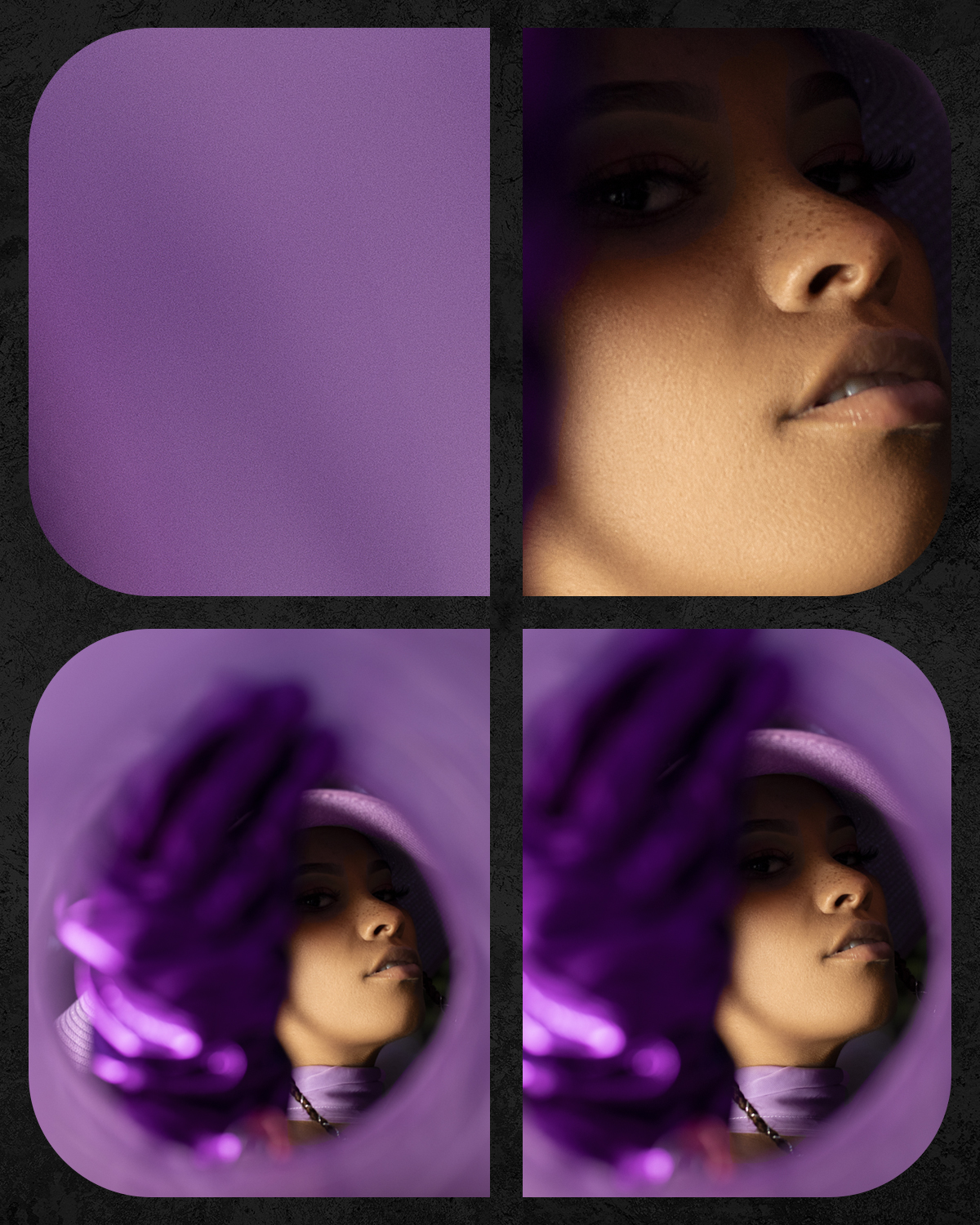
What advice would you give an aspiring Black creative looking to break into the fashion industry?
BG: Stay focused on goals and purpose by avoiding distractions and seeking longevity versus virality pathways. Spend as much time alone as possible for a deeper understanding of themselves and their art. There are often questions about which direction to go, but I find it necessary to explore several niches until you find the one that works well for you. Lastly, I always say that inspiration is found where you least expect it, so it’s important to try out new hobbies, tasks, and adventures to challenge the mind.
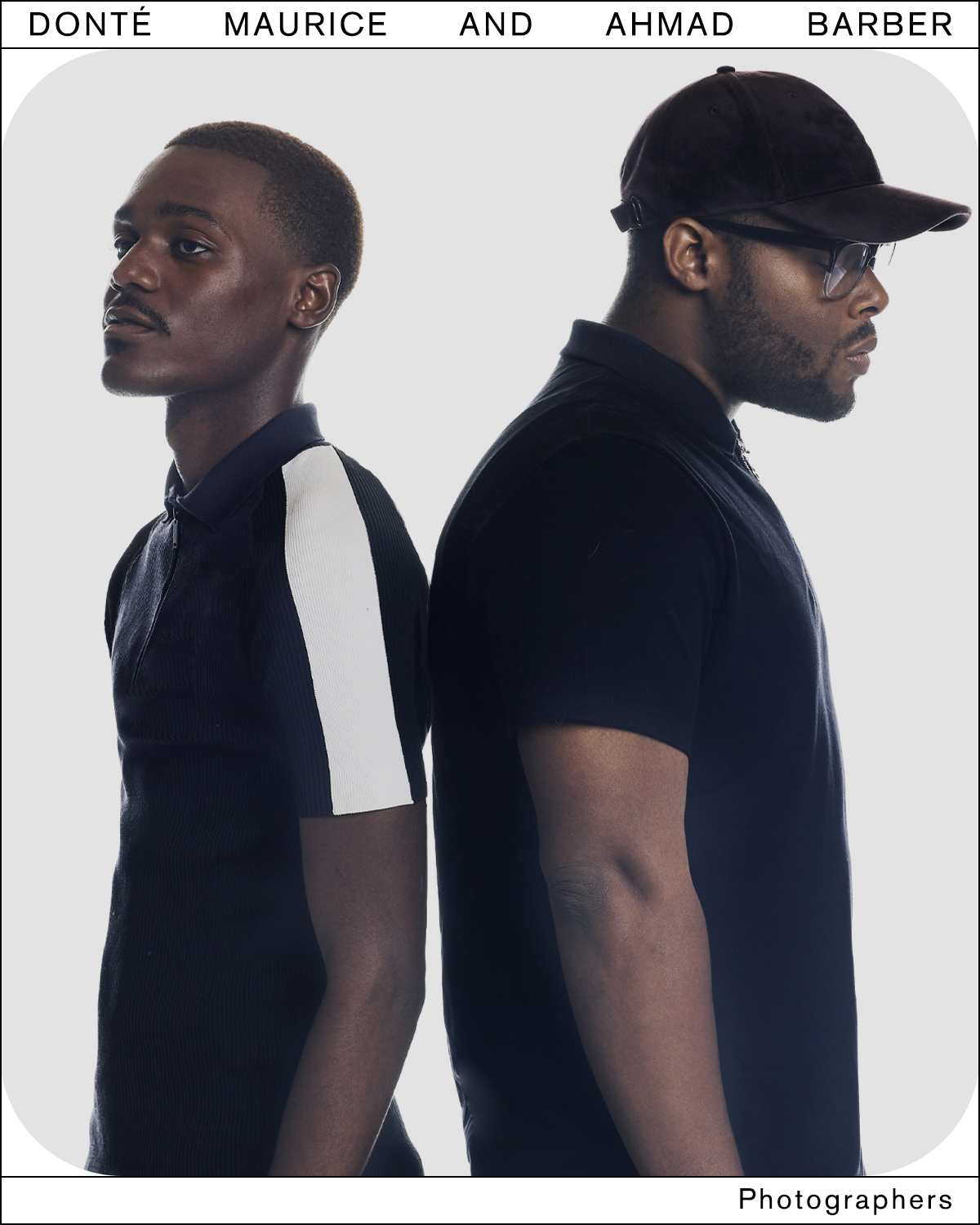
No other duo is making ripples in the fashion industry quite like photographers Donté Maurice and Ahmad Barber. They founded AB+DM Studio over two years ago, and have been working in photography separately for over seven years. They are responsible for some of the most hyped covers of InStyle, Interview Magazine, Essence, and Billboard Magazine.
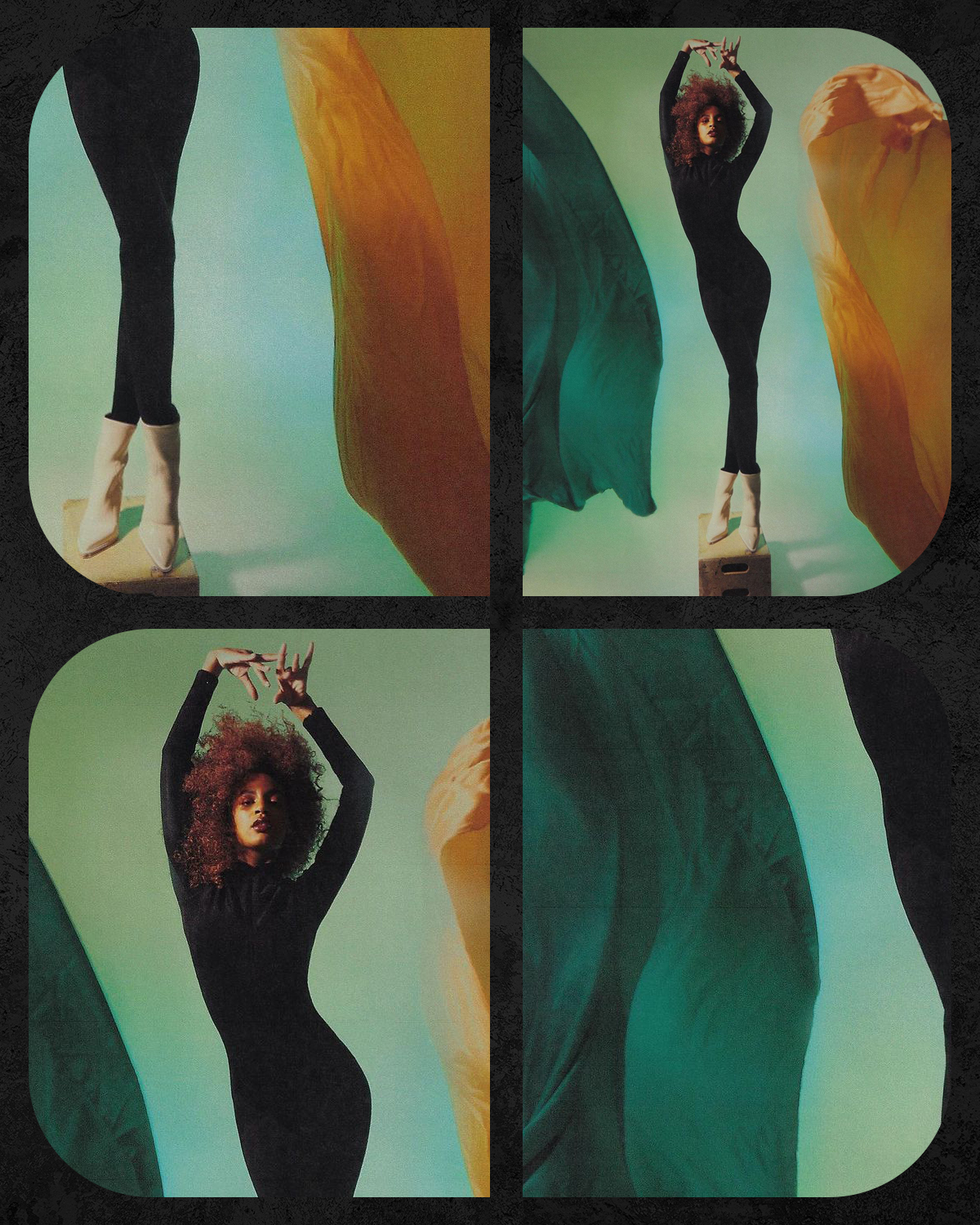
What power does photography have not only within the fashion industry but beyond? Why is photography important?
DM + AB: The need to express was the driving force behind us picking up the camera. Photography became a huge creative outlet for us to cipher through our emotions and to find our voice. In the state that we are in now, fashion wouldn’t be seen without photography. It’s essential to designs being illustrated, referenced, and shown to the world. Photography is so important because it creates a story with one moment that lives on forever.
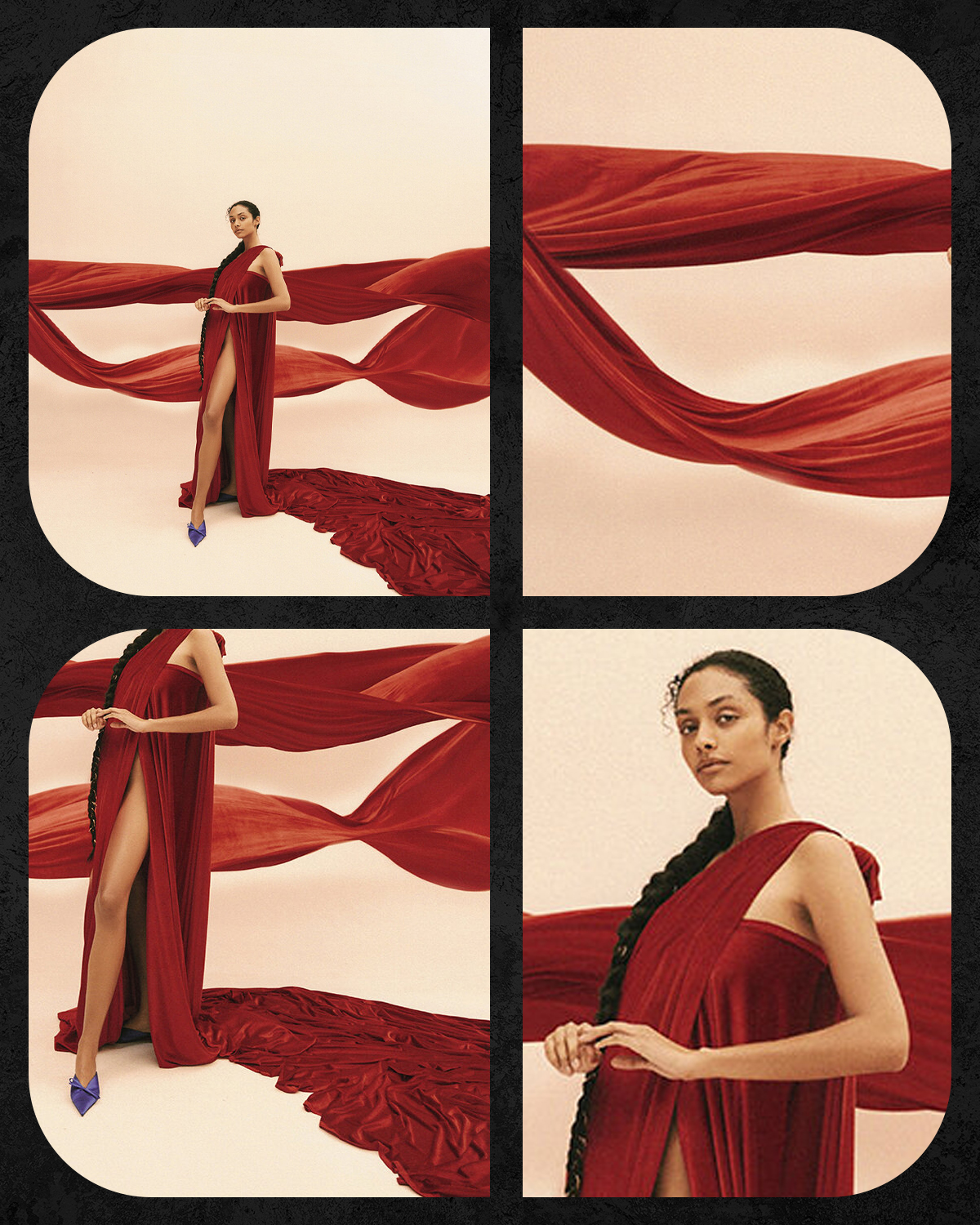
Recently, fashion has had a reckoning with systemic racism. How do you think the industry as a whole can move past performative allyship?
DM + AB: Diversity and the focus on inclusion have to be less reactive and more intuitive. The hope would be that the industry is doing this even when no one is looking (i.e., in their workplace, their partners, the crews/teams they hire) and not just having diverse representation in the final product.
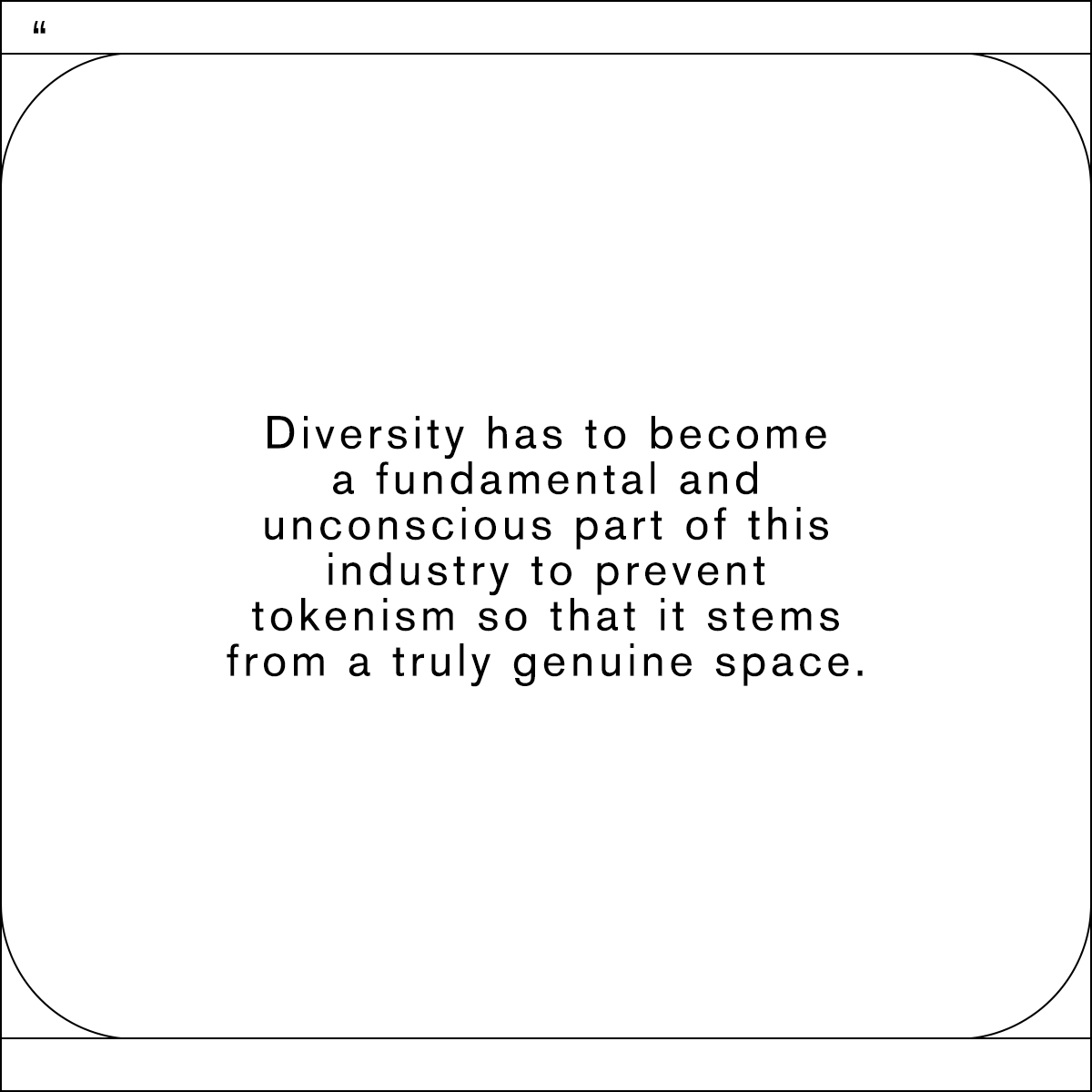
How do you think the call to action for diversity can be met in your part of the industry? How can photography be not only diverse but also avoid tokenism in the process? What would true inclusivity look like in your eyes?
DM + AB: The call for diversity can be met in the photography and fashion industry by focusing on representation to showcase inclusion and focusing on making the opportunities equitable for everyone. Diversity has to become a fundamental and unconscious part of this industry to prevent tokenism so that it stems from a truly genuine space. That genuine space will make diversity a first thought versus just a check in a box. Inclusivity would look like diverse talent having equitable opportunities across all levels of the industry.
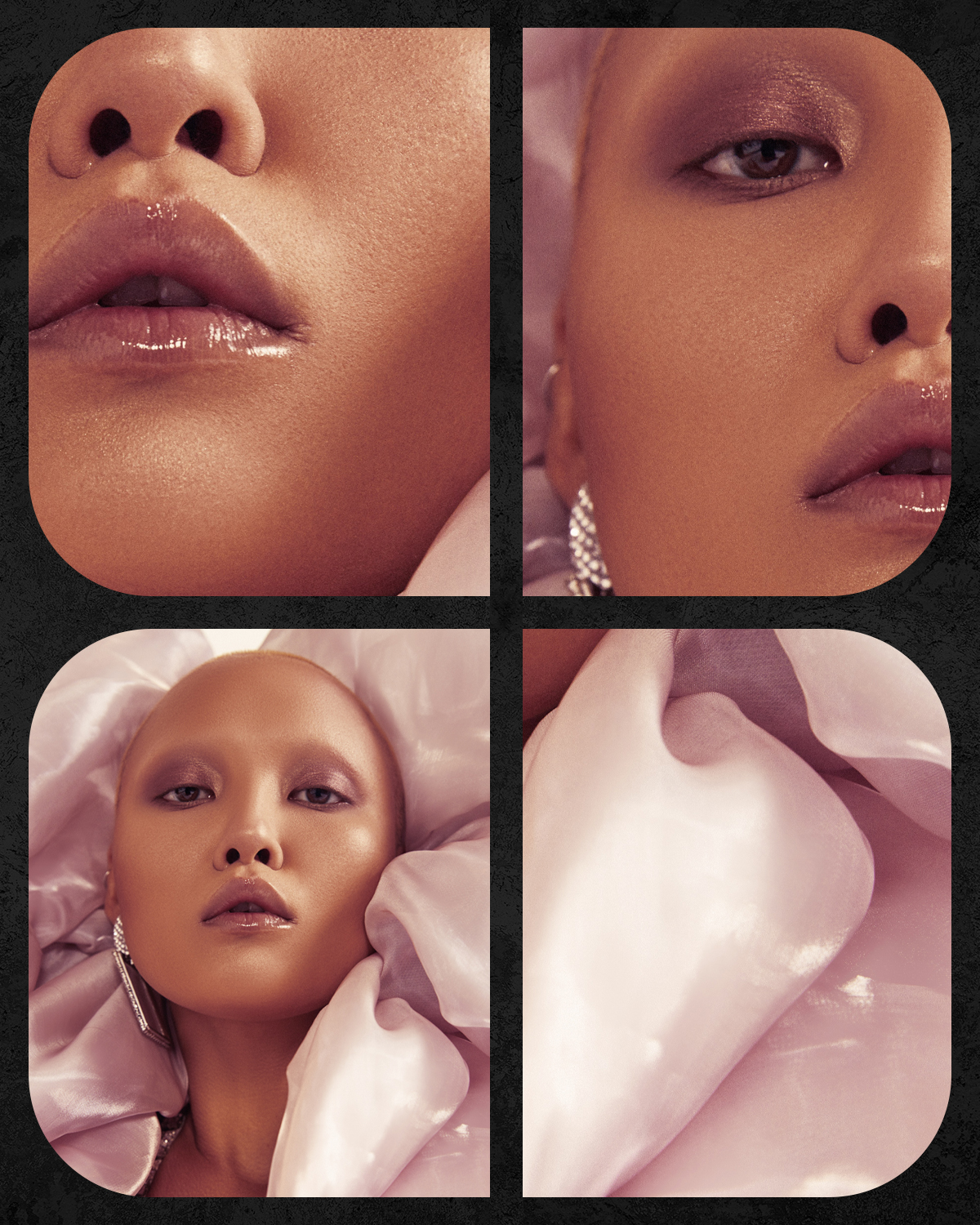
Style and beauty can be a tool of survival for the Black community. What role do you think art has played in your life?
DM + AB: Art has been a way of expression. Art has always been a safe space to actualize the emotions and thoughts that we have. Additionally, art has allowed us to celebrate our culture in a new way.
Fashion and beauty are their forms of storytelling. The industry has long been telling stories centered on whiteness and Eurocentric beauty features. What story do you hope your work tells?
DM + AB: Reimagining what luxury and royalty looks like for multicultural groups has been a part of our story for quite some time. We hope our work helps celebrate beauty and uniqueness and brings a fresh perspective to our culture’s reverence.
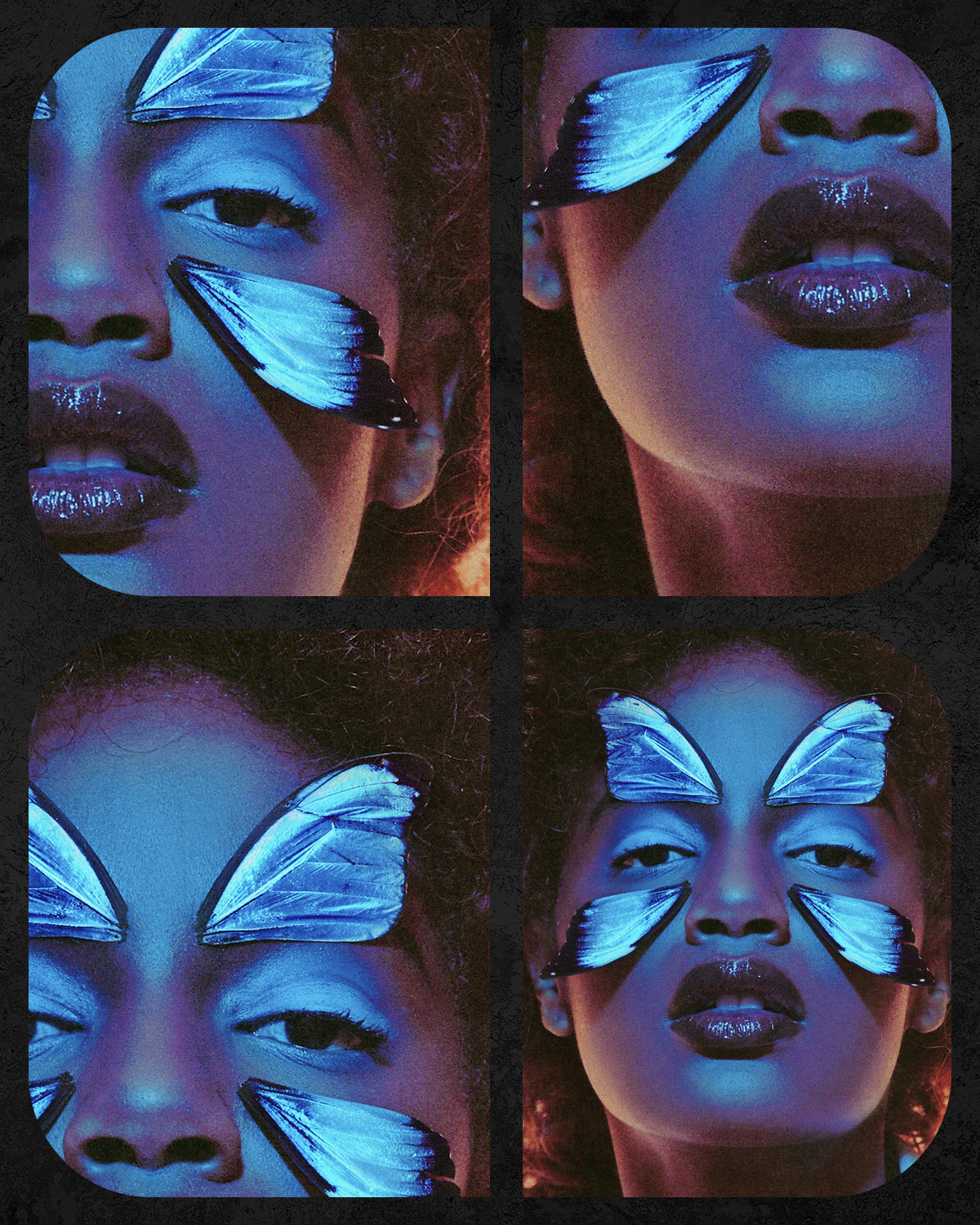
What advice would you give an aspiring Black creative looking to break into the fashion industry?
DM + AB: Pay less attention to competition and focus more on just giving the industry your voice and perspective.
Next: These Black Stylists Are Making Headlines for Serving Serious Looks
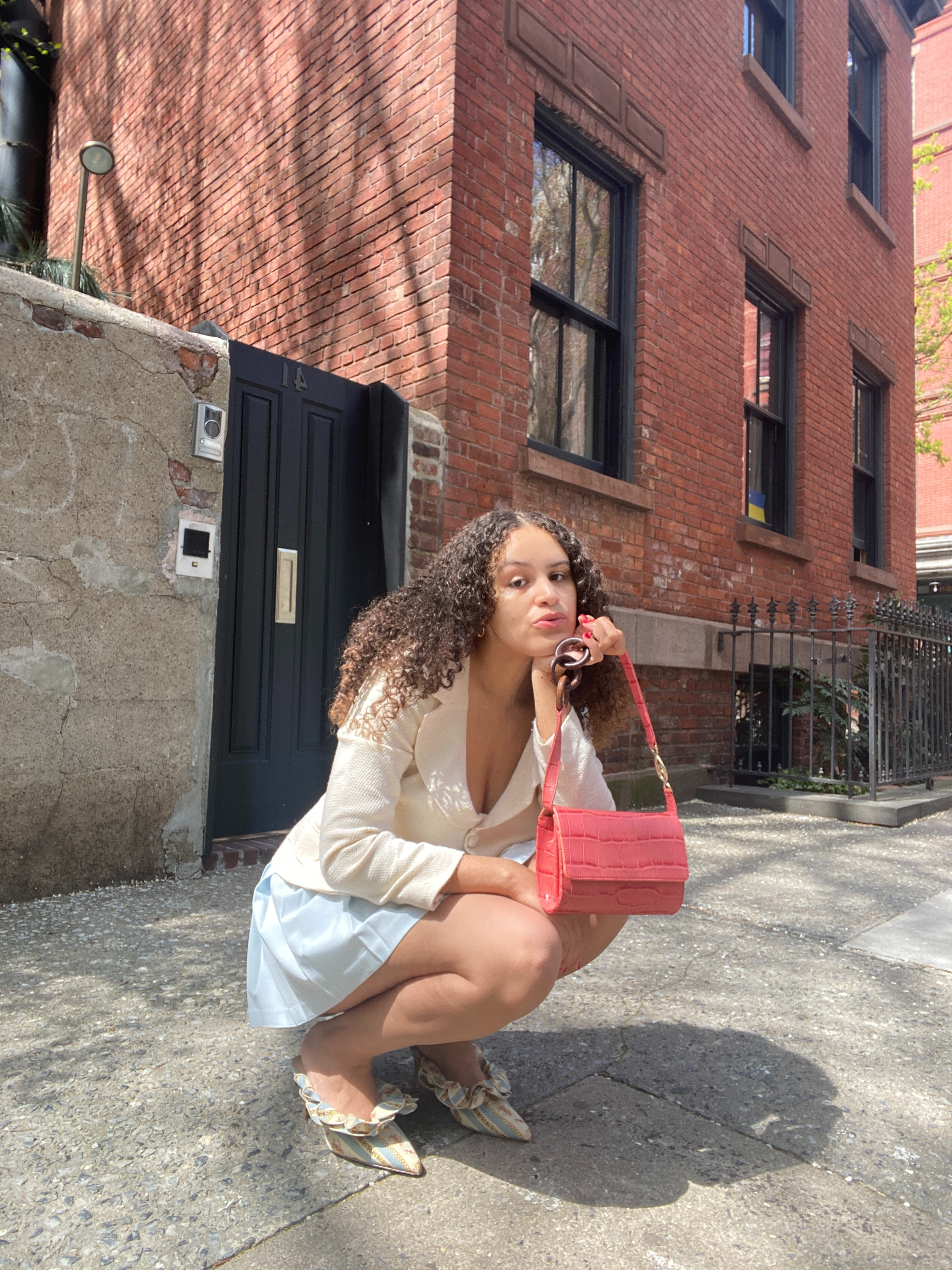
Jasmine Fox-Suliaman is a freelance writer and editor living in New York City. What began as a pastime (blogging on Tumblr) transformed into a lifelong passion for unveiling the connection between fashion and culture on the internet and in real life. Over the last decade, she's melded her extensive edit and social background to various on-staff positions at Who What Wear, MyDomaine, and Byrdie. More recently, she’s become a freelance contributor to other publications including Vogue, Editorialist, and The Cut. Off the clock, you can find her clutching her cell phone as she's constantly scrolling through TikTok and The RealReal, in search of the next cool thing.